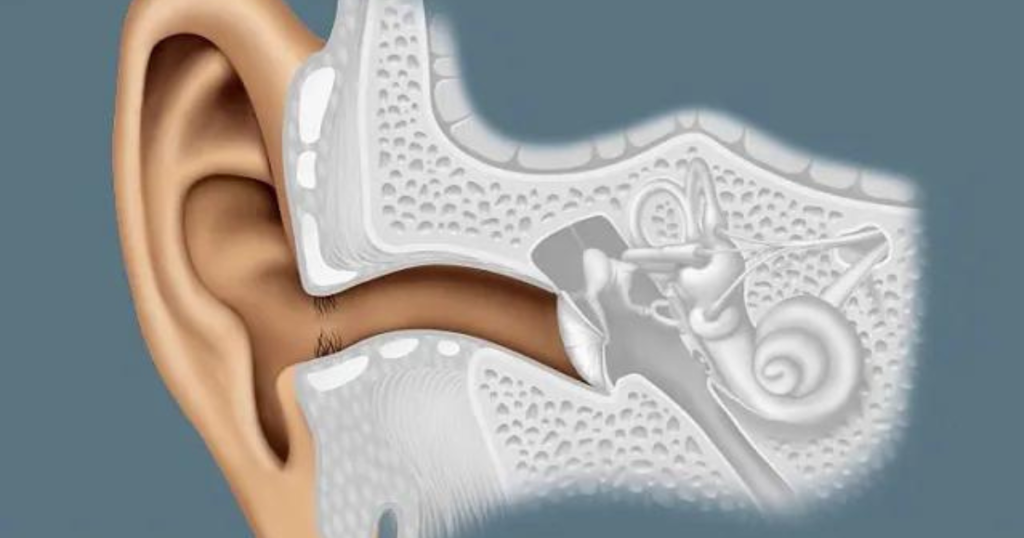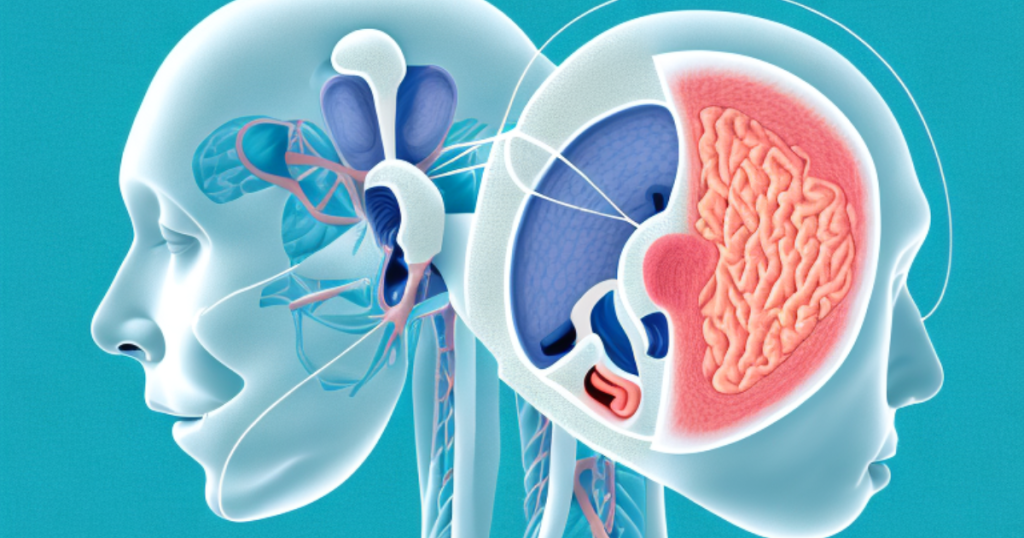Hearing in humans is a marvel of biological engineering because it is the result of a complicated interaction between the delicate structures of the ear and the protective shell of the Skull influence There is a secret dimension to this sensory experience that rests in the complicated relationship between the structure of our skulls and the way that we perceive sound. Although we frequently take our understanding of hearing for granted, there is a hidden dimension to this sensory experience.
The Symphony of Sound and Skull

Let’s begin by analyzing the symphony of sound that our ears are built to pick up in order to have an understanding of the influence that the shape of the skull has on hearing. This structure, which includes the pinna and the ear canal, serves as a conduit for sound waves to travel through. These waves are sent to the inner ear after travelling via the middle ear, where they are amplified by the ossicles and given a transmission.
The Silent Conductor Skull Influence on Hearing Experience

The skull’s influence goes beyond protecting the sensitive parts inside; it also changes how sound waves move and reach the inner ear. Researchers have found that changes in the shape of people’s skulls can affect how different frequencies of sound are transmitted and heard.
Think of your brain as a custom-made soundproof room. People with wider heads might feel a different resonance frequency than people with narrower skulls. This small difference can change how certain sounds are amplified or lowered, which can change how we hear pitch, tone, and general sound quality.
Evolution’s Melody Adapting for Survival
This intricate connection between skull influence and hearing has evolutionary roots. As our ancestors adapted to diverse environments and lifestyles, changes in skull shape occurred. These adaptations were not only influenced by factors like climate and diet but also driven by the need to optimize sensory functions, including hearing.
In environments where the ability to detect and interpret specific auditory cues was critical for survival, individuals may have developed skull shapes that enhanced these capabilities. Over time, these adaptations became part of the genetic makeup of populations, contributing to the incredible diversity of skull shapes we observe today.
Also Read This: Breaking Silence ,The Emotional Landscape of a Mother after a Pediatric Febrile Seizure Tragedy
Orchestrating Healthcare: Personalized Approaches
Understanding the link between skull influence and hearing holds significant implications for healthcare. Personalized treatments for hearing impairments could consider an individual’s unique cranial anatomy to optimize interventions. This knowledge could revolutionize hearing aid fittings and surgical procedures, tailoring approaches to the specific nuances of each person’s skull shape for improved outcomes.
Innovations in Audio Technology Enhancing the Hearing Experience

Beyond healthcare, the synergy between skull influence and hearing has the potential to inspire innovations in audio technology. Imagine headphones and hearing devices designed not as one-size-fits-all solutions but as personalized experiences that account for the diversity in skull shapes. Engineers and designers, armed with this understanding, could create products offering a more immersive auditory experience, enriching the way we engage with sound.
Conclusion
In conclusion, the hidden harmony between skull influence and hearing adds a new layer to our appreciation of the intricacies of human biology. While the ear captures the melody of sound, it’s the skull that shapes how we perceive and interpret this symphony. Exploring this connection not only enhances our understanding of our evolutionary past but also paves the way for a harmonious future where healthcare and technology work together to celebrate the uniqueness of each individual’s hearing experience.
As we continue to unravel the mysteries of the human body, the silent conductor, our skull, remains a testament to the fascinating interplay between form and function, shaping the beautiful symphony of our sensory world.
